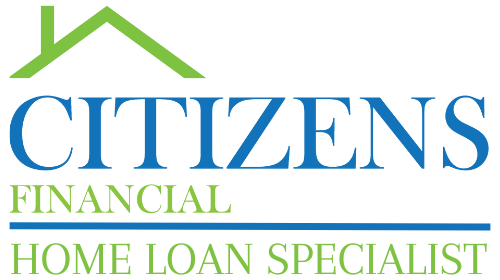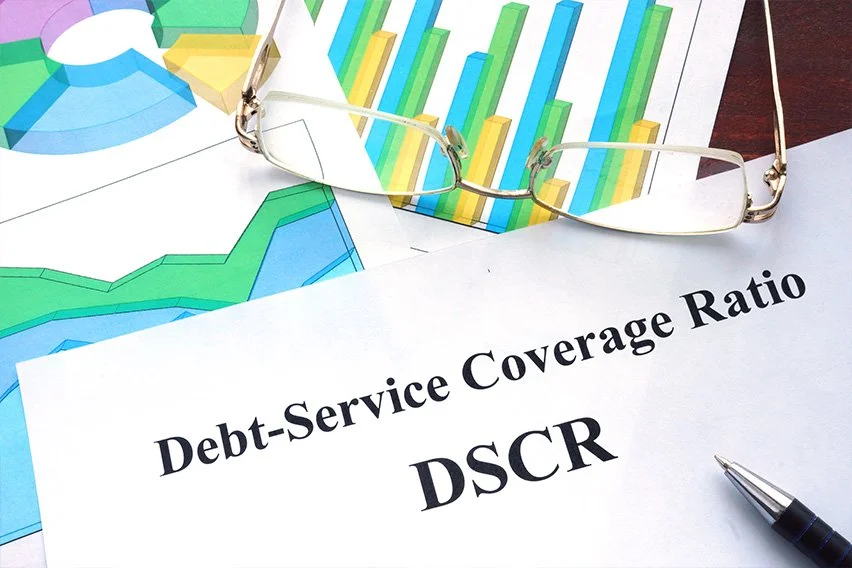As the real estate market continues to evolve, investors are constantly seeking innovative ways to…
Demystifying Mortgage Payments: Understanding the Components of Your Monthly Obligations
For many aspiring homeowners, obtaining a mortgage is a necessary step to finance the purchase of their dream home. However, the world of mortgages can be complex and overwhelming, especially for first-time homebuyers. One aspect that often causes confusion is understanding the components of a mortgage payment. In this article, we will break down the key elements of a mortgage payment, empowering you with the knowledge to make informed decisions as you embark on your homeownership journey.
- Principal and Interest:
The two primary components of a mortgage payment are the principal and interest. The principal refers to the amount of money you borrowed to purchase your home. As you make monthly payments, a portion of that payment goes towards reducing the principal balance. The interest, on the other hand, is the cost you pay to the lender for borrowing the money. The interest rate is determined by factors such as creditworthiness and market conditions. In the initial years of your mortgage term, a larger portion of your payment goes towards interest, gradually shifting towards principal repayment over time.
- Escrow Accounts:
In addition to the principal and interest, many mortgage payments include amounts deposited into an escrow account. An escrow account is managed by the lender and serves to pay for property taxes and homeowner’s insurance. Each month, a portion of your mortgage payment is set aside in the escrow account to ensure there are sufficient funds to cover these expenses when they become due. By spreading out the costs throughout the year, an escrow account helps homeowners avoid facing large lump sum payments for taxes and insurance.
- Private Mortgage Insurance (PMI):
Private Mortgage Insurance, or PMI, is an additional cost that may be included in your mortgage payment, depending on the down payment amount. If you put down less than 20% of the home’s purchase price, lenders typically require PMI to protect themselves in case you default on the loan. PMI provides an insurance policy that covers the lender’s losses in such a scenario. It’s important to note that once you build equity in your home and reach a loan-to-value ratio of 80%, you can request the removal of PMI, thereby reducing your monthly mortgage payment.
Conclusion:
Understanding the components of a mortgage payment is essential for first-time homebuyers, as it allows for better financial planning and decision-making. By comprehending the breakdown of principal and interest, escrow accounts, and private mortgage insurance, you can navigate the mortgage process with confidence. Remember to consult with mortgage professionals and conduct thorough research to find the best mortgage terms and payment structure that suits your unique needs. With this knowledge, you’ll be well-equipped to make informed decisions and embark on your homeownership journey.
NMLS #1401042 | info@citizensfinancial.co | 707-800-6047
#MortgagePaymentsExplained #UnderstandingYourMortgage #MortgagePaymentComponents #DemystifyingMortgages #HomeownershipJourney #FirstTimeHomebuyerTips #FinancialLiteracy #HomeBuyingGuide #MortgageEducation #BudgetingForHomeownership #EscrowAccounts #PMIExplained #MortgageInsights #RealEstateFinance #HomeownershipKnowledge




